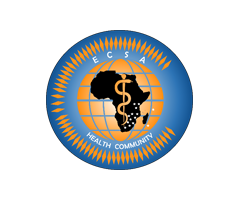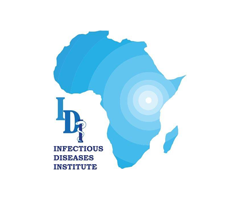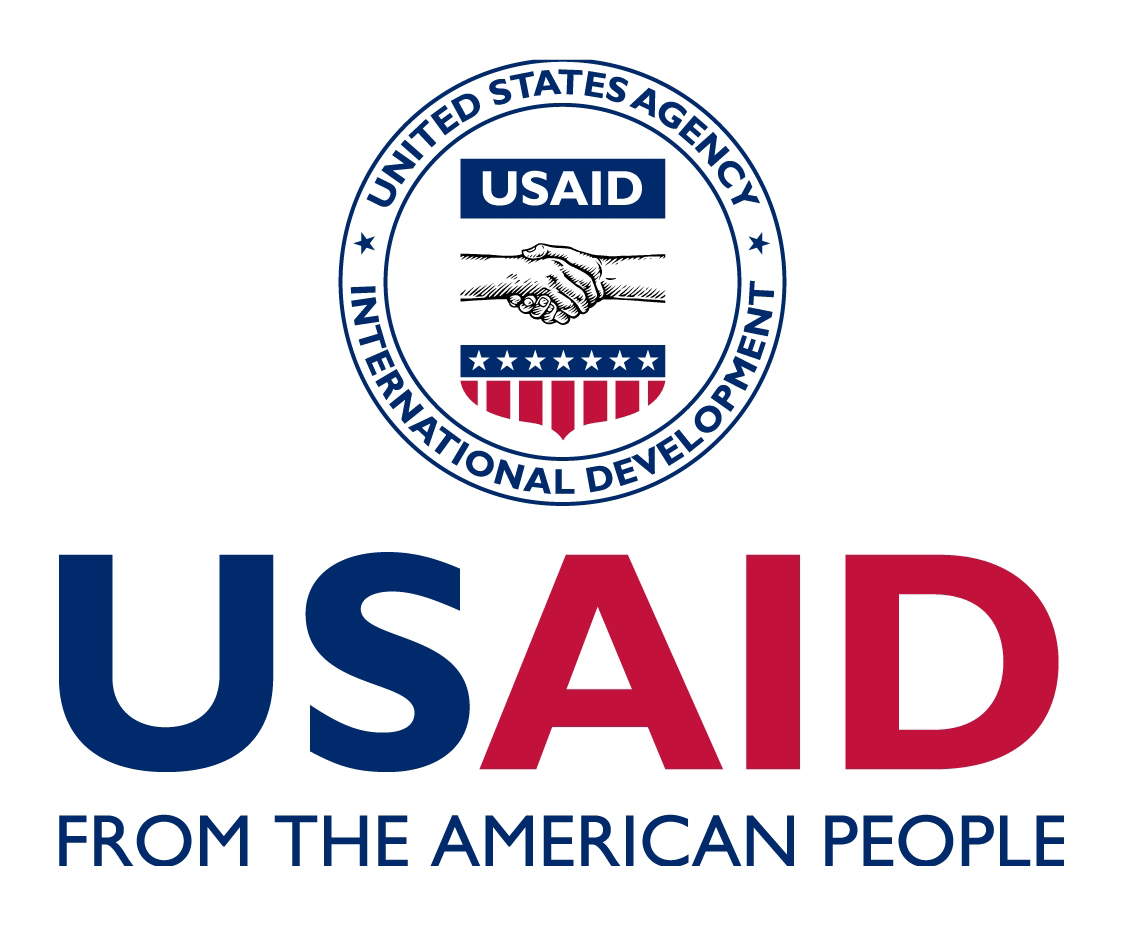Social Accountability Reporting Checklist for Practitioners
The Social Accountability Reporting Checklist for Practitioners (SAR4Practice) is intended to be used by practitioners implementing SA activities in health together with the World Health Organization’s Programme Reporting Standards (WHO PRS). SAR4Practice emphasizes the particular facets of SA that would be useful to report on in addition to what a typical program report would include. For each domain in the SAR4Practice checklist, we identify the element of the WHO PRS where the SA-specific content could be integrated. The asterisks(*) in the domains below indicate a link with the WHO PRS.

Who are you?
To explain the background of your social accountability activity, it is important for people to know who you and your organization are, as well as your role in the health system. This clarifies your position so that others can see how you are placed in the field, and how they can(not) relate to you and your social accountability activity.
In this section, the purpose is to make your positionality clear in why and how your social accountability activity happened the way it did. This also requires making clear your basic assumptions such as how you define social accountability.
Why is it important?
This helps readers understand the lens and perspective through which you tell the story.
What it includes and guiding questions
– Who are you in relation to the SA activities described in this document and how do you relate to other stakeholders
– Who are your partners? How do you relate to them?
– What was your role in designing and implementing the described SA activities? What was the role of the partners?
– Who funded this work and what is their interest in this type of work?
How to document it
– Reflect on your own and your organization’s role within broader landscapes of health and politics.
This SA content should be integrated into Element 4 (Stakeholders ) of the WHO PRS. See page 14 and the SARC4P page for additional information.
How do you define social accountability?
What is the context in which your SA activities were carried out?
To explain the story of a social accountability activity, consider the details. In addition to including both community (e.g., collective efficacy) and health outcomes, describe the context in which the activity took place and explain why this particular design made sense at this specific time and place. This includes the larger structural situation such as epidemiological, demographic, social, political, historical, and economic information at national and regional levels. This also refers to the local environment – e.g. existing power dynamics within the community(ies), local health care capacity, local health workforce capacity, resource availability, and power dynamics/relationships across different levels of the system. Through consultations we learned that organizations are less likely to formally report on local environmental factors, although this information is critically important to sharing learning practices. Also consider your funding context for your social accountability activity.
Why is it important?
This can help readers compare situations and learn from each other and apply it to their own situation.
What it includes and guiding questions
– How do you define SA, in theory and in practice?
– Who are the actors (agents of change or resistance to change) involved?
– What is happening locally in terms of politics, historic and socio-economic trends, community engagement, health issues etc?
– Which of these factors catalyzed your decision to engage in SA?
– Why did you prioritize work on SA on selected issues?
– What are existing accountability structures and spaces (formal, informal, invited, and non-invited)?
– What was advantageous of the selected SA model over others considered?
– How did answers to these questions factor into your thinking of what you wanted to achieve?
– How did the funding contexts and timescales influence the design of your social accountability activity?
How to document it
– Call upon existing literature that discusses different definitions of social accountability to make clear your philosophy of the activities.
– Review and discuss your planning documents, look at policy documents, look back at scoping studies, use media reports, etc.
This SA content should be integrated into Element 3 (Setting and Context) of the WHO PRS. See page 13 and the SARC4P page for additional information.
How did you think change would happen?
The question of how and why you thought change would happen is important because it details the assumptions you made when designing the program to bring about the desired change (results and activities). Consider how the initial reactions and inputs of stakeholders on a local, national, and international scale influenced how you expected change to happen. Also, consider who you expected to do what to make change happen and why (i.e. who would do what and for which activity) and how they may have fit with or departed from what you originally thought would bring about change. Make explicit how your assumptions of change fit with or are different from an explicit theory of change.
Why is it important?
By identifying these assumptions, the reader can understand the gaps between theory and practice that may also be relevant to their own context.
What it includes and guiding questions
– What did you think your program would look like? *(Rationale for the program and how it contributes.)
– What did you plan to happen and how did you expect change to happen? (What was the theory of change?)
– Who did you expect to do what and when?
– Why did you think it would make a change in your context?
How to document it
– If you had already developed a theory of change (TOC) at the start of the program, revisit it with these points in mind. If you did not already have a TOC, discuss and reflect with your colleagues, using these prompts and acknowledging the relative timing of this discussion vis-à-vis the implementation of the activity.
– Discuss and reflect with colleagues about what change you wanted to achieve and how you thought change would happen. Expand the discussion to include changes in relation to power structures and changes in relation to sector outcomes and how they relate.
– Explain how you expect specific activities and outputs to bring about changes that contribute to longer-term goals.
– Describe your key assumptions about the scope, pace, and nature of anticipated change.
This SA content should be integrated into Elements 6 (Theory of Change and/or /Logic Model) and 7 (Human Rights Perspectives) of the WHO PRS. See page 14, page 15, and the SARC4P page for additional information.
What happened, when?
Concretely explain what happened as part of your activities to inform readers of how program realities may have differed from what you had originally thought would happen. While a surplus of data may be common in some reporting documents, consider explaining and analyzing what these data means for the program. This analysis should link what happened to previously identified contextual factors in the why and how, both at a broader and more local scale. In addition to numbers, focus on concrete events and key actors that determined what results were produced and what data were collected and by whom; consider telling a story of these events in a narrative form. While telling this story, explicitly include who did what, when. Compare and contrast what happened relative to original designs/plans. What proved to be as expected or not? Explain what concrete events helped to bring about change.
Why is it important?
This helps to understand the strengths and weaknesses of change pathways for future practice.
What it includes and guiding questions
– What happened and who implemented and participated in the first year or two?
– What happened in the later years and were any new individuals or groups involved?
– Who was involved in the activities and what did they do?*
*(Social accountability intervention: development, approaches & implementation)
– Throughout the project, what was supposed to happen, but didn’t? Why?
– What determining factors (e.g. resources, time – including reflections on how much time was allotted vs. how much was needed, capacity) and specific events were influential to implementation and why?*
*(Setting or context of the intervention, highlighting factors that influenced its design and implementation)
– What adjustments did you make from what you planned and why? Did anything happen that was unexpected? What did you do in response?*
*(Implementation stages)
– What, if any, changes occurred in power structures and health, development, and governance outcomes (positive and negative)?
– Were there any unexpected outcomes (good or not-so-good)?*
*(Interpret all findings, balancing benefits and harms and considering other relevant evidence)
How to document it
– Retrospectively reflect and report on what happened during the activities and why, including the timeline along which activities or events took place. Discuss how it compared to the original plan.
– Identify contextual factors and events, key actors, from local partners to global funders, and their influence on the story of change.
– Describe who shaped and/or was involved in SA activities and change.
– Report results, actors involved, modifications of research practice, and overall learnings.
– Explain pathways of how change led to intervention outcomes and/or other intended or unintended consequences.
– Present major and minor themes for different groups/stakeholders.
– Detail ‘successes’ and ‘failures.’
– Reflect on changes at different levels – individual, community, local, regional, and national.
This SA content should be integrated into Elements 13 (Coverage/Reach and Drop Out Rate), 14 (Adaptations), and 17 (Factors Affecting Implementation) of the WHO PRS. See page 17, page 18, and the SARC4P page for additional information.
What are the learnings within and beyond your context?
Following the production of program results, answer what these results mean and why they matter. Consider the implications of the entire social accountability program, as well as specific activities within the program that may provide more nuanced implications. Remain aware that findings can imply different things for different people. For example, what does this program imply for decision-makers’ behavior, for health providers, for engaging vulnerable and or unheard voices? Make clear what the program results imply for the ongoing work of the program stakeholders, as well as the ongoing and future work of organizations working in similar contexts. Make explicit ties between contextual factors and program implications so organizations working in similar, yet different contexts can understand what these results may mean for their practices. Finally, comment upon what these results imply for the overarching theory of change adopted in the program.
Why is it important?
This provides the reader with explicit points to consider in their own contexts and practices.
What it includes and guiding questions
– What was surprising about your experience and results, relative to what you expected when you developed your theory of change?
– What did you learn that you will apply to future work, in this context?
– What would you do differently? What would you maintain?
– What do you think you learned that others might be able to apply to their future SA activities, in similar contexts?*
*(Discuss the transferability of findings taking into account study population, intervention characteristics, length of follow-up, incentives, compliance rates, and specific site/contextual issues).
How to document it
– Discuss and reflect on what characteristics of your results may hold implications for your district or region, country, and other contexts.
– Interpret findings, acknowledging benefits and harms, in a way that makes clear the significance of results within local context.
– Address characteristics and factors that may have skewed results.
– Discuss what your results mean in respect to broader theories of change, and the implications for social accountability in similar contexts.
This SA content should be integrated into Elements 21 (Lessons Learnt) and 24 (Possibilities for Implementation in other Settings) of the WHO PRS. See page 20, page 22, and the SARC4P page for additional information.










